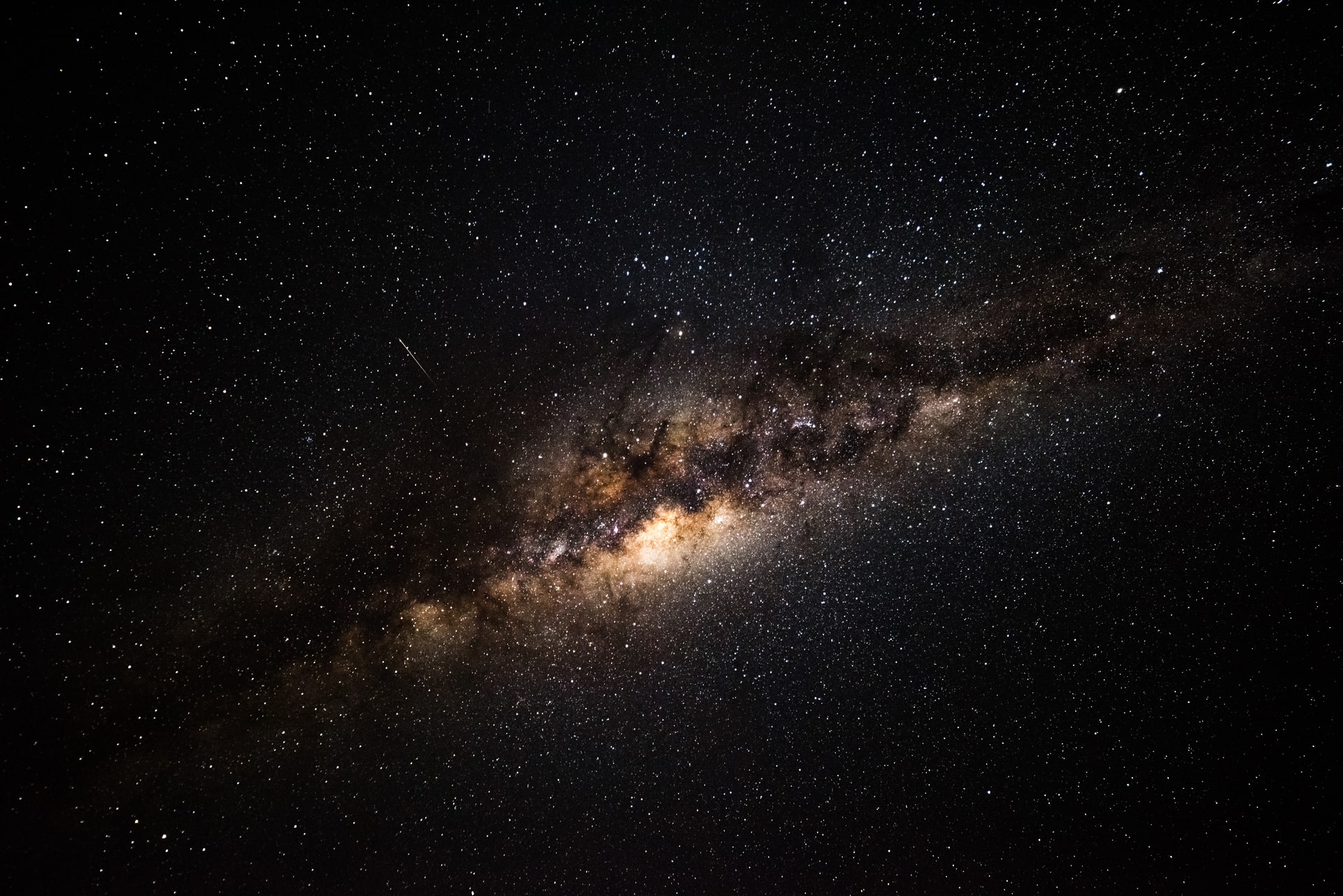Generating life from an organic “soup” is not an easy task, which requires numerous ingredients collected in the right conditions. Although the exact conditions remain a matter of debate, we already have an idea of which elements from the periodic table are necessary.

One of the key ingredients, phosphorus, was discovered in the vicinity of the Milky Way galaxy. It is a very important element for the formation of life, and its formation is usually associated with supernova explosions. But phosphorus found far from massive stars indicates possible other ways of its formation.
Phosphorus, according to popular opinion, is formed during supernova explosions, which have a mass at least 20 times greater than the mass of the Sun. But the detection of phosphorus remotely from such stars indicates the possibility of other methods of its formation.
Most of the elements that we observe are formed as a result of nuclear reactions inside stars. Phosphorus is no exception and is formed during supernova explosions of large and massive stars. However, this discovery of phosphorus in the region of the WB89-621 cloud in the vicinity of the galaxy is a big mystery.
There are two main theories regarding the appearance of phosphorus in such remote places. The first is the galactic fountain, which involves the movement of elements from the inner regions of the galaxy to the outer ones due to supernova explosions. The second theory indicates that less massive stars can produce phosphorus in the region around their core by capturing neutrons.
The discovery of phosphorus in the vicinity of the galaxy is an important step in understanding the conditions for the emergence of life. Previously, it was believed that there was not enough phosphorus in the vicinity of the galaxy for life to originate, but this discovery changes the approach to research.
Earlier, we reported on how the PIGS team made a sensational discovery in the center of the Milky Way.
According to Sciencealert
Follow us on Twitter to get the most interesting space news in time
https://twitter.com/ust_magazine


